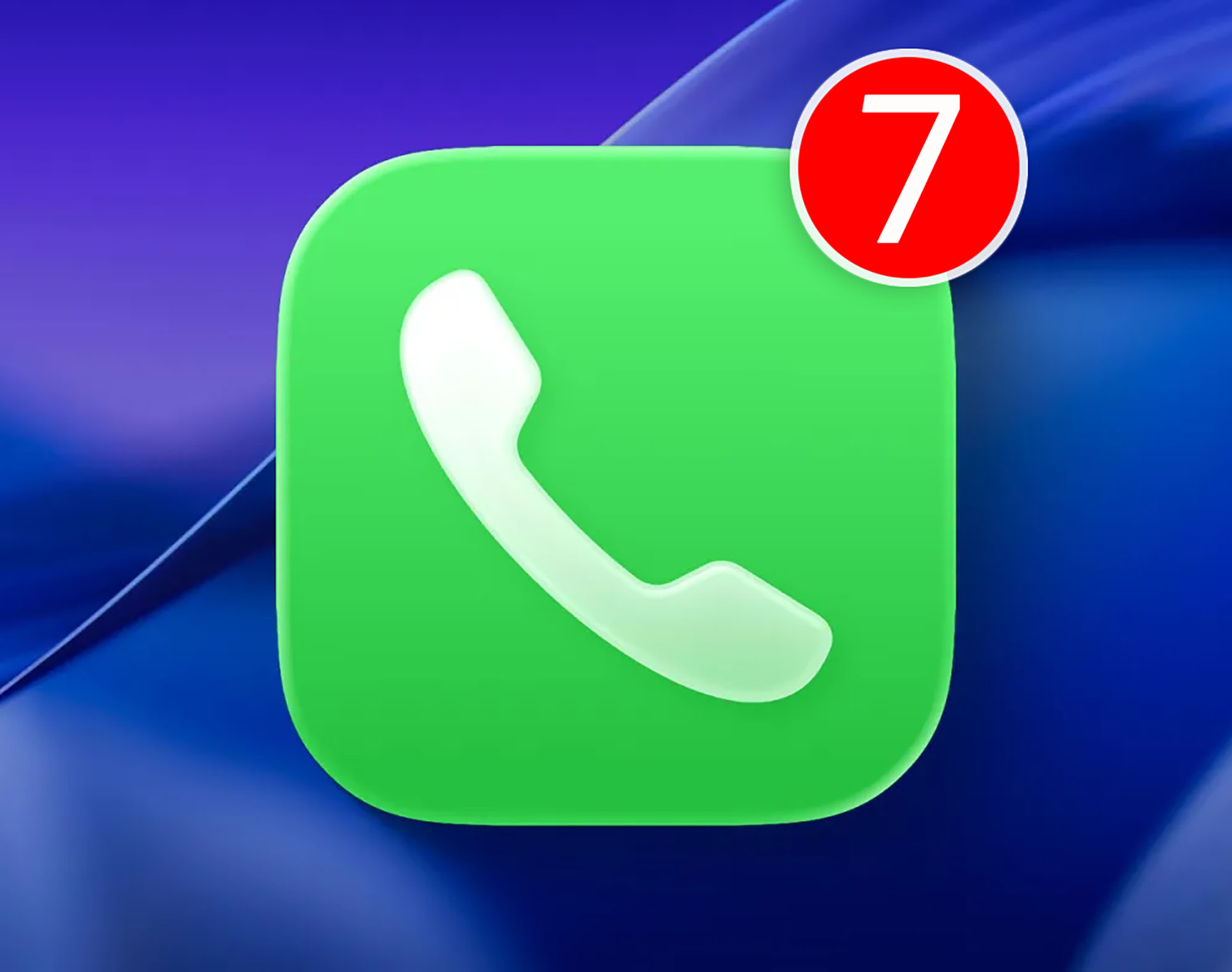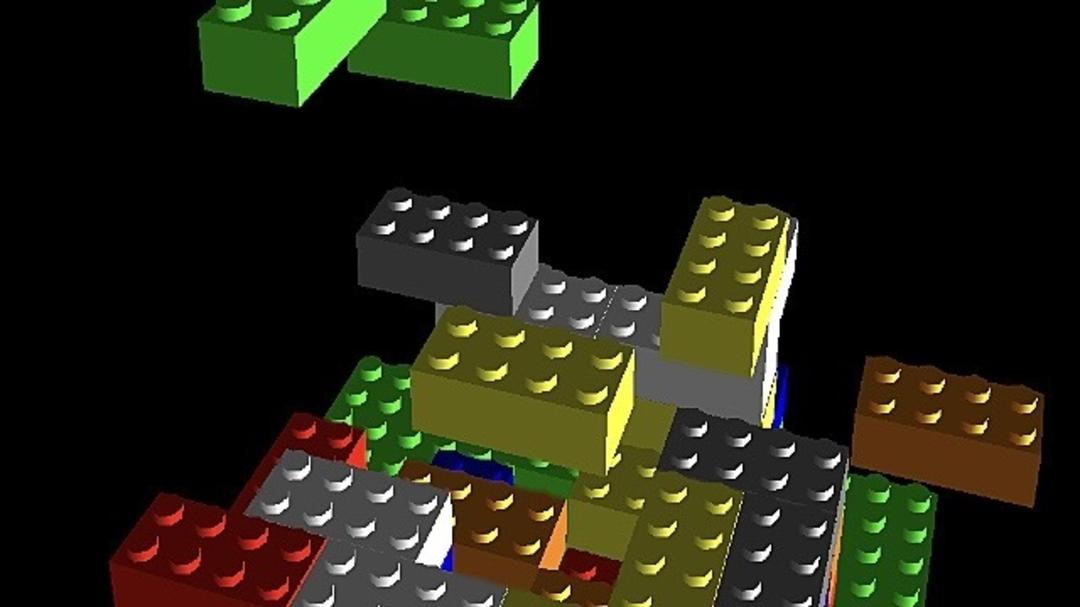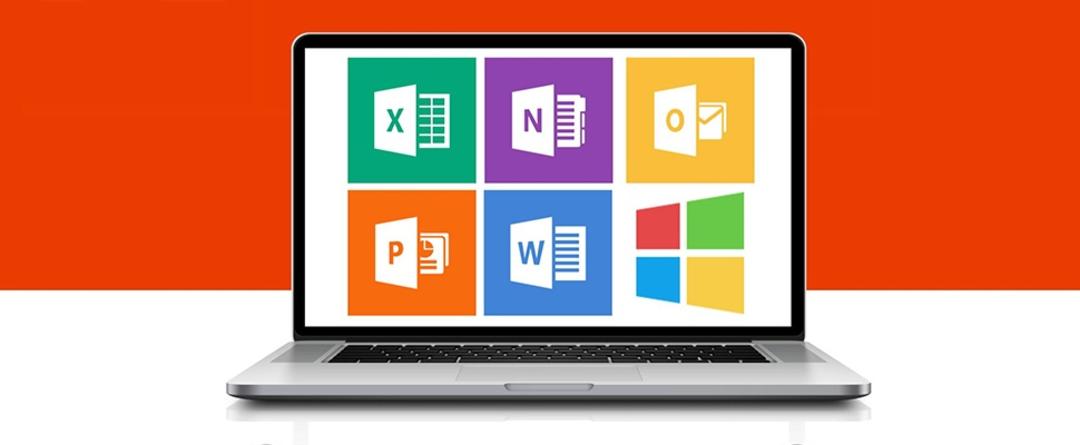Most Linux and Unix operating systems come with XScreenSaver, which consists of a large collection of graphical demos. The entire collection has been available for iOS and iPadOS for a while, good to try!
First the ‘bad’ news: neither the iPad nor the iPhone have a screen saver function. The result is a loss of battery capacity! Instead of a nice animation, these devices go to sleep mode and corresponding black screen. Don’t worry: XScreenSaver works on top of the app’s highlights so you can watch for hours.
If you want ‘real’ screensaver functionality, you’ll need to upgrade to a Linux or Unix system. Or install XScreenSaver, available separately for macOS. But in this article, we’re focusing on the iPad/iOs app XScreenSaver (there’s a version for Android too, by the way!). Because while this is actually more of a graphical demo, most of the ‘screensavers’ available individually still have some tweaking.
Applications can also be designed in this more limited form. Connect your iPad or iPhone to a TV and create a psychedelic party background wallpaper. When iOS/ipados 16 appears soon, the full potential of the external display will also be used.
already 30 years old
XScreenSaver is 1992 – 30 years old – and was developed by Jamie Zawinski. It has since been actively maintained by the same producer. It has always been open source and therefore free, even in app form.
Meanwhile, Zawinski is more or less a legend in the IT world. It worked on the Netscape browser and the adjoining mail program, among other things. He also owns a nightclub in San Francisco since 1999. As a result, one of the more colorful figures. Something that is clearly reflected in XScreenSaver.
After installing the application, you will be presented with a long list of available screensavers. The release year is indicated everywhere, so you can also see when the first 3D graphics cards hit the market. However, the creative programming ensured that 2D screensavers were a pleasure to watch from the very beginning.
Technical-scientific viewing pleasure
Modern hardware – including tablets and smartphones – often doesn’t care about the math behind it, resulting in extremely smooth animations. You start a screen saver by tapping its name. If you want to view the setting options first, tap the circled i icon. There are many options for each screen saver.
Many of the screen savers also have a scientific background. Think fractals, gears, gravitational fields and more. Also, more descriptions and background links are available for most of the available screensavers. In short: You can learn something from him if you want.

For the computer enthusiast, for example, the m6502 screensaver is very nice. It emulates the 6502 processor, a famous 8-bitter that was in its heyday in the home computing era. Nice detail: it is still produced and used in toys, for example. Anyway, the screensaver version is therefore an emulator that constantly runs programs.
Via the settings you can specify the number of commands you want per second; They are basically good as they are. Unless of course you want to emulate an ultra-fast CPU. The image is displayed on a similarly emulated CRT TV, including some noise.

The newsworthy terminal
Phosphor is just as retro as the aforementioned screensaver. It is a terminal emulator that displays random text from Wikipedia. A very nice detail, if you have XScreenSaver running on macOS or Unix, it can also be launched as a program. In this case it behaves like a full-fledged VT-100 terminal!
Instead of the default Wikipedia articles, you can also enter your own URL in the settings. You will soon realize that in most cases you will see the HTML code. What seems to work well is to enter an RSS feed as the URL in the appropriate field in the settings, for example, try https://www.nu.nl/rss/Algemeen for a constant current public news feed.NL.

By the way, there’s also Apple ][ emulator, als screensaver gestart gewapend met een slideshow en ook random ingetikte programma’s die vervolgens uitgevoerd worden. Start je deze deze screensaver op bijvoorbeeld je Mac als losse app, dan gedraagt ook dit stukje software als een volwaardige terminal. Altijd handig om achter de hand te hebben, zo af en toe.
Fractals
Zoals al gemeld ontbreekt het aan fractals verre van in XScreenSaver. Kijk bijvoorbeeld eens naar IMS Map, voor wolkachtige patronen. Je kunt trouwens van alle getoonde beelden op de bekende manier screenshots maken; daarmee zijn (onderdelen van) gegenereerde graphics wellicht ook weer te gebruiken in eigen creaties.
Hopalong is een ‘klassieke’ fractalgenerator, goed voor lang tijdverdrijf. C Curve genereert lijngebaseerde fractals, die heel simpel beginnen maar al snel uitgroeien tot complexe figuren.

Van nul tot nu
In XScreenSaver trekt een ruim stuk computergeschiedenis aan je ogen voorbij. Voor de ‘oude rotten’ zal het tenminste deels een feest van herkenning zijn, en voor ieder ander is het gewoon leuk om naar te kijken in een verloren uurtje. Waarbij je je moet bedenken dat álle screensavers in een app zijn gevat van slechts 20 MB groot. Daar is op ieder apparaat dus wel een permanent plekje voor te vinden, gokken we!
Source: Computer Totaal













